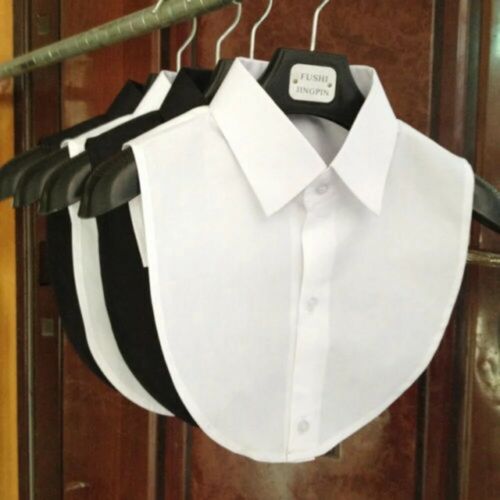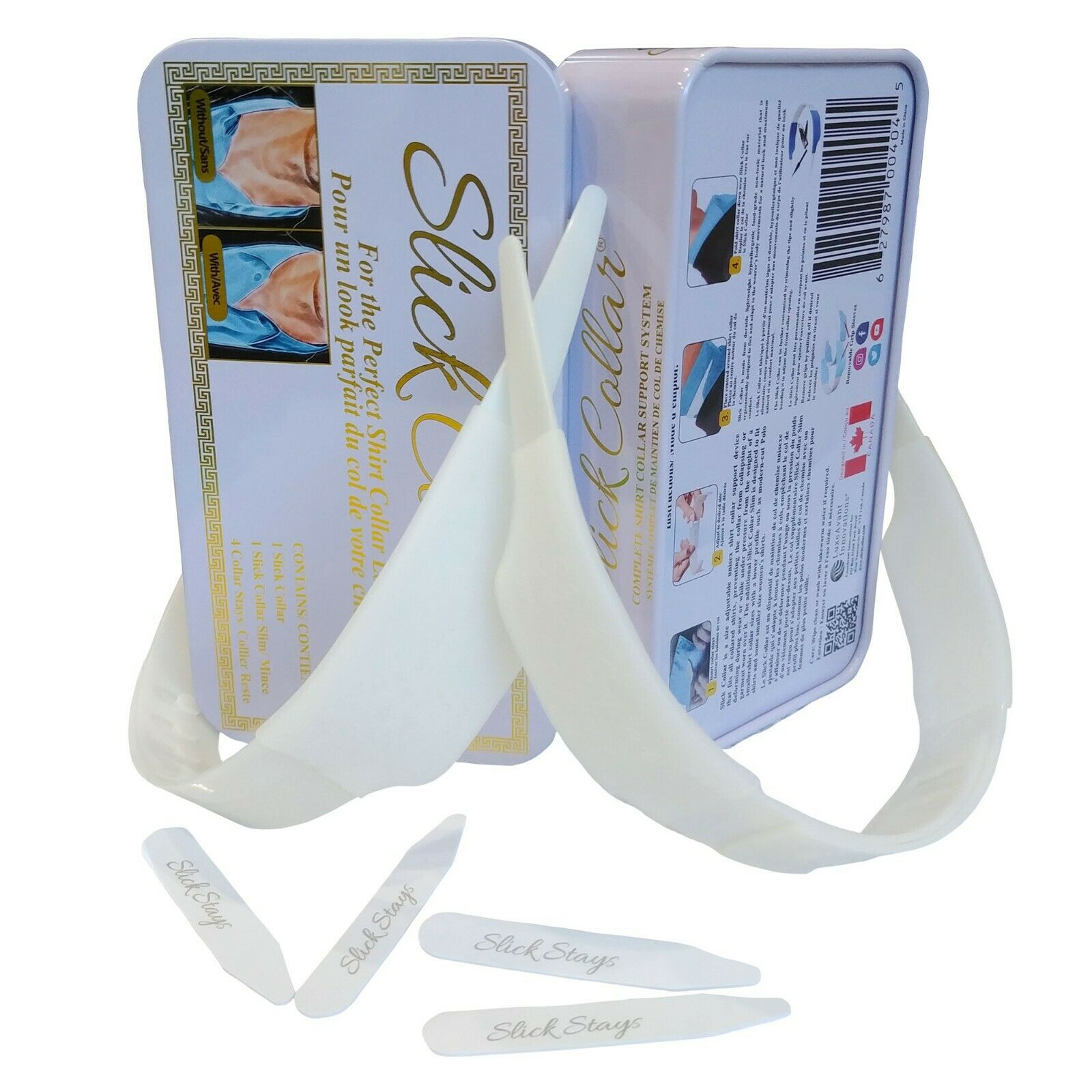-40%
Shaman clothes bell pendant set (Mongolia, Russia)
$ 3.95
- Description
- Size Guide
Description
Bells - for protection against evil spirits, purification, vision. On a shaman costume, hat, belt.All bells are new. Everything is ringing. Material: brass. Made in Mongolia.
Prices are per lot, consisting of several bells of the same diameter.
The diameter may vary slightly from the stated + -2 mm
For example, for bells with a diameter of
1, 1.5 and 2 cm
, the price for 1 set is indicated (the number of bells in the set is 10 pieces),
for bells with a diameter of
2.5 cm
the price is for a set of 5 pieces,
for
3 cm
-
for a set of 4
pieces,
for
4 cm
- for a set of 2 pieces.
If you choose bells with a diameter of 1 cm, you get 10 bells with a diameter of 1 cm. If you choose bells with a diameter of 4 cm, you get 2 pieces for the price indicated in the announcement.
The bell has long been considered a protective amulet for the shaman. Preserved the bells, making a sound, drives away evil spirits. The more noise they make, the stronger the protection. At all times, shamans used them as protective talismans, attaching shaman attributes to their costumes, belts, sleeves, for a safe journey through the subtle worlds of the universe. The larger the quantity, the stronger they make noise, the stronger the protection.
- Protection from evil spirits
- Cleansing and Healing
- Communication with spirits, enhancing vision
- Fire Element
Their noise is able to introduce into an altered state of consciousness, strengthen visions and communication with spirits. For these purposes, from several bells, they make a shamanic rattle, or supplement ready-made musical instruments with shamanic bells to enhance the effect of the instrument and give it protective and healing properties.
Bells are associated with the element of fire, and have a purifying power, hence another of their properties - healing. With their help, you can clean a person, animals, premises.
Vestments of the shaman.
During the rituals, shamans dressed in special costumes. The shamanic outfit is very unusual. The shaman's cloak or caftan is certainly embroidered with a variety of all kinds of ribbons and pendants. Each detail of the costume had its own special purpose. Metal pendants depicted figures of animals, birds, or even people, these are symbols of the most important assistant spirits. The long metal plates on the sleeves and chest are the shaman’s bones, the round disks of different sizes are the heart, the mirror or the shaman’s shield. There are also images of the sun and moon, stars, even bells and bells. It was believed that pendants during the incantation can turn into real objects or creatures and help the shaman. The ringing of bells and the rattling of metal pendants during the flashing created an additional sound effect. It was believed that evil spirits were afraid of the sound of metal and did not come close to the shaman.
The caftan or cloak itself is sewn so that the person in it resembles a beast or a bird. To do this, strips of leather and tape were sewn to the sleeves and to the bottom. Spreading his arms and dancing, the shaman in the eyes of the observers turned into a mythical animal or bird. Surely these are echoes of the time when shamans dressed in animal skins, performing ancient hunting rites.
The headdresses of shamans are also very peculiar. For example, Evenki shamans wore a metal crown with antler-like horns on their heads. Traveling in other worlds, shamans in case of danger turned into a deer and defended themselves against evil spirits by horns.
Altai and Tuvan shamans put a bandage on their heads with ribbons and feathers. The eyes and mouth were embroidered on the bandage. It was believed that this was the head of the sacred bird, which became the shaman during the incantation.
As well as a tambourine, shamanistic vestments were made only with the permission of the spirits. And only a few years later, after the person began to shaman, the spirits were allowed to make a cloak. And the pendants appeared on it gradually. The shaman got acquainted with new spirits during the trip, if they became helpers, appropriate pendants appeared on the cloak.
Among the peoples of Southern Siberia, people who were helped by the shaman sewed colorful ribbons to the shaman’s cloak in gratitude. If there are a lot of ribbons on his robe, then this is a strong shaman.
Not all shamans had full shamanistic vestments. Many beginner shamans had neither special attire, nor a tambourine with a clapper. Even older, but weak shamans might not have ritual vestments, and conducted sessions in everyday clothes, using only sacred objects.




















